The Ultimate How-to Guide For Witnessing The Great Migration In The Serengeti
Witnessing the Great Migration in the Serengeti is a once-in-a-lifetime experience that offers a rare glimpse into the raw beauty of nature’s incredible spectacle. From timing your visit to choosing the best safari guides and packing importants, this guide will provide you with all the tips and tricks you need to make the most of this awe-inspiring wildlife phenomenon.
Planning Your Trip
Choosing the Right Time of Year
While planning your trip to witness the Great Migration in the Serengeti, one of the most crucial decisions you’ll make is choosing the right time of year to visit. Assuming you want to see the herds of wildebeest and zebra on the move, the best time to witness this spectacular event is during the dry season from late June to September. This is when the animals gather in large numbers and start their journey towards the Masai Mara in search of greener pastures.
Selecting a Reputable Tour Operator
One of the key aspects of a successful migration safari is choosing a reputable tour operator to guide you through this extraordinary experience. A reputable tour operator will have experienced guides who know the best vantage points for viewing the migration and will ensure your safety throughout the trip. Before selecting a tour operator, do thorough research, read reviews, and ask for recommendations to ensure you choose a reliable company that will provide you with an unforgettable safari experience.
Year after year, the Great Migration attracts tourists from around the world, making it vital to book your safari with a reputable tour operator well in advance. These companies often get fully booked during the peak migration season, so booking early will guarantee you a spot and ensure that you don’t miss out on this natural wonder.
Booking Accommodations in Advance
When planning your trip to witness the Great Migration, it’s crucial to book your accommodations in advance to secure a comfortable stay during your safari. Choosing the right lodges or camps along the migration route is important as it will allow you to be in close proximity to the action and maximize your chances of witnessing this incredible wildlife spectacle.
Planning ahead and booking accommodations early will not only ensure that you have a place to stay during this popular time of year but will also give you peace of mind and the flexibility to choose from a variety of lodging options that suit your budget and preferences.
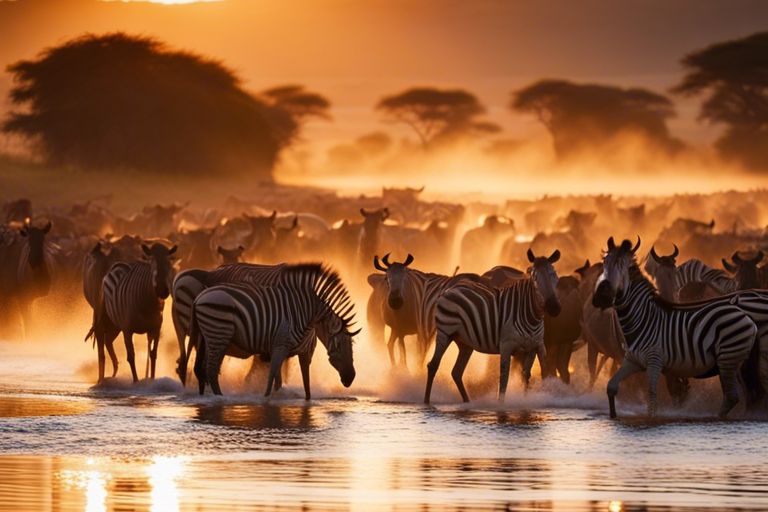
Preparing for Your Safari
Essential Items to Pack
Any trip to the Serengeti requires careful packing to ensure you have everything you need for a comfortable and enjoyable safari experience. Make sure to pack crucials such as lightweight and neutral-colored clothing, a wide-brimmed hat, sturdy hiking boots, insect repellent, sunscreen, a camera with extra batteries, and binoculars for wildlife viewing.
Understanding Serengeti Weather and Climate
Clearly, understanding the weather patterns in the Serengeti is crucial for packing the right clothing and gear. The region experiences distinct wet and dry seasons, with temperatures ranging from hot during the day to cool at night. The dry season, from June to October, is the best time to witness the Great Migration, while the wet season, from November to May, offers lush landscapes and ideal conditions for bird watching.
This knowledge will help you pack appropriately, ensuring you have the right gear to stay comfortable and enjoy your safari to the fullest.
Tips for Staying Healthy and Safe
Items such as a first aid kit, medications, hand sanitizer, and reusable water bottle should be included in your packing list to help you stay healthy during your safari. Additionally, it is important to drink plenty of water, protect yourself from the sun, and follow your guide’s instructions to stay safe in the wilderness.
- Avoid drinking tap water and stick to bottled water to prevent any waterborne illnesses.
For instance, wearing long sleeves and pants can protect you from insect bites and sun exposure, while avoiding any contact with wild animals is crucial for your safety. By following these tips, you can ensure a safe and enjoyable safari experience in the Serengeti.
Factors to Consider When Witnessing the Great Migration
For an unforgettable experience witnessing the Great Migration in the Serengeti, there are several factors to consider to make the most of this natural wonder.
Understanding the Migration Patterns
There’s a need to understand the migration patterns of the wildebeest and zebras as they move in search of greener pastures. By knowing their routes and the timing of their movements, you can plan your trip accordingly to increase your chances of witnessing this incredible event.
- Study the annual migration calendar to know when and where the herds are likely to be.
- Consider hiring a knowledgeable guide who can provide insights into the behavior of the animals and the best vantage points for viewing.
Any disruption to the natural flow of the migration can have serious consequences for the ecosystem and the animals involved, so it’s imperative to observe from a safe distance and refrain from interfering with their movements.
Knowing the Best Locations for Viewing
If you want to witness the Great Migration up close, knowing the best locations for viewing is crucial. The Serengeti National Park in Tanzania and the Maasai Mara National Reserve in Kenya are prime spots for this spectacular event, offering vast plains where the herds gather in huge numbers.
This extraordinary event can also be witnessed in other parts of the Serengeti ecosystem, such as the Grumeti Game Reserve and the Ngorongoro Conservation Area, providing different perspectives and opportunities to see the migration from various vantage points.
Respecting Wildlife and Their Habitat
Clearly, the well-being of the wildlife should be a top priority when witnessing the Great Migration. It’s crucial to respect the animals and their natural habitat to ensure the sustainability of this incredible phenomenon for future generations.
Respecting the animals’ space and behavior, avoiding unnecessary noise or sudden movements, and adhering to park regulations are imperative practices to follow while observing the Great Migration.
How to Make the Most of Your Safari Experience
Tips for Taking Stunning Photos
To capture the beauty of the Serengeti and its wildlife, consider investing in a good quality camera with a zoom lens. This will allow you to get up close shots of the animals without disturbing them. Additionally, try shooting during the golden hours of sunrise and sunset for the best natural lighting.
- Focus on capturing the expressions and behaviors of the animals.
- Use the rule of thirds to compose your shots and create more visually appealing images.
The key to stunning wildlife photography in the Serengeti is patience. Allow the animals to move naturally and showcase their true essence before you click the shutter.
Strategies for Spotting Wildlife
You can enhance your chances of spotting wildlife by going on a safari during the cooler parts of the day when animals are more active. Consider hiring a local guide who is familiar with the area and can help you track down elusive species.
Safari guides often communicate with each other via radio to share information about recent sightings, increasing the likelihood of finding sought-after animals like lions, leopards, and cheetahs.
Maximizing Your Time on the Savannah
With over 5,700 square miles of pristine wilderness to explore, the Serengeti offers endless opportunities for wildlife viewing. To make the most of your time on the savannah, consider booking multiple game drives during your stay.
Wildlife viewing is typically best in the early morning and late afternoon when animals are most active. By planning your safari activities around these peak times, you increase your chances of witnessing iconic African wildlife in action.
Overcoming Common Challenges
Dealing with Crowds and Traffic
Even though witnessing the Great Migration is a truly remarkable experience, dealing with crowds and traffic can sometimes take away from the magic of the moment. To avoid the masses, consider visiting the Serengeti during the off-peak season or opt for a private tour that allows for a more personalized and intimate viewing experience. Additionally, choosing lesser-known viewing points and being open to exploring different areas of the park can help you escape the hustle and bustle of tourist hotspots.
Coping with Unpredictable Weather
With the Serengeti’s diverse landscape, weather patterns can change rapidly, making it imperative to be prepared for all conditions. Pack layers, including waterproof clothing, to ensure you stay comfortable and dry no matter the weather. It’s also advisable to check the forecast regularly and plan your safaris accordingly to make the most of your trip.
This is a good way to prepare for the unexpected weather conditions so that you can fully enjoy your Great Migration experience without any hindrances.
Managing Expectations and Disappointment
Now, it’s important to acknowledge that nature is unpredictable, and sightings of the Great Migration are not guaranteed. While the Serengeti is teeming with wildlife, including the Big Five, the timing and location of the herds can vary. By managing your expectations and focusing on the overall safari experience rather than just one specific event, you can appreciate the beauty of the Serengeti in its entirety.
Expectations should be realistic and flexible to fully embrace the wonders of the Great Migration. Remember that each safari experience is unique and cherish every moment spent in the wild, regardless of whether you witness the migration itself.
Additional Tips and Insights
- Not only will witnessing the Great Migration in the Serengeti be a memorable experience, but it will also be vital to come prepared. Here are some additional tips and insights to ensure you make the most of this extraordinary natural event.
Working with Your Guide or Tour Leader
Guide communication is key during your safari. Make sure to communicate your expectations and preferences clearly to your guide to enhance your experience. They have valuable knowledge about the wildlife, migration patterns, and best viewing spots. Additionally, don’t hesitate to ask questions and seek their advice for capturing the best moments during the Great Migration. Keep in mind, they are there to make your experience unforgettable.
Being Mindful of Your Impact on the Environment
Any activities you engage in during the Great Migration should be done with the utmost respect for the environment and wildlife. Ensure that you follow guidelines provided by your tour operator or guide to minimize your impact. It’s crucial to avoid littering, stay on designated paths, and refrain from disturbing the animals or their habitats.
Taking Breaks and Practicing Self-Care
While witnessing the Great Migration is undoubtedly exciting, it can also be physically and mentally demanding. Remember to take breaks, stay hydrated, and protect yourself from the sun. Listen to your body and communicate any concerns to your guide. Taking time to rest and recharge will ensure you can fully enjoy this once-in-a-lifetime experience.
To wrap up
Now that you have all the important information on witnessing the Great Migration in the Serengeti, you are ready to commence on this unforgettable adventure. From choosing the right time of year to selecting the best vantage points, you now have the tools to make the most of this incredible natural spectacle. Remember to pack appropriately, be patient, and immerse yourself in the sheer magnitude of this awe-inspiring event.
With the help of this ultimate how-to guide, you can optimize your chances of witnessing the Great Migration in all its glory. The Serengeti holds a special place in the hearts of wildlife enthusiasts, and experiencing the migration is truly a bucket-list item. So, grab your binoculars, camera, and sense of adventure, and get ready for an unparalleled safari experience in one of the world’s most iconic locations.

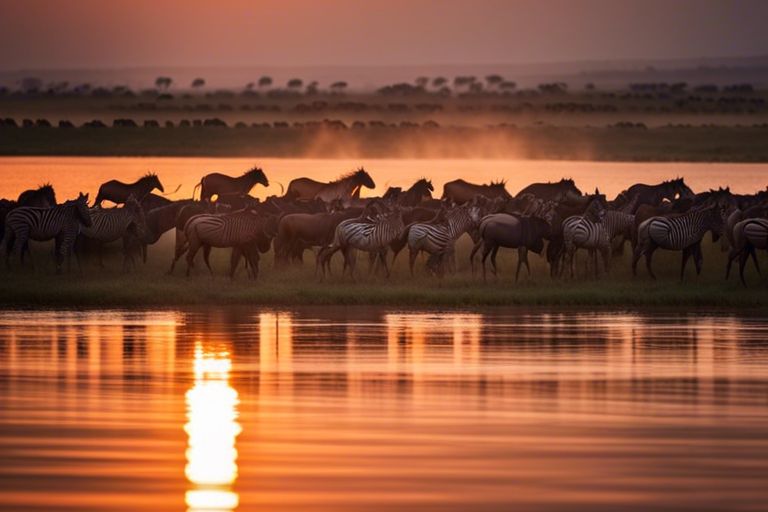
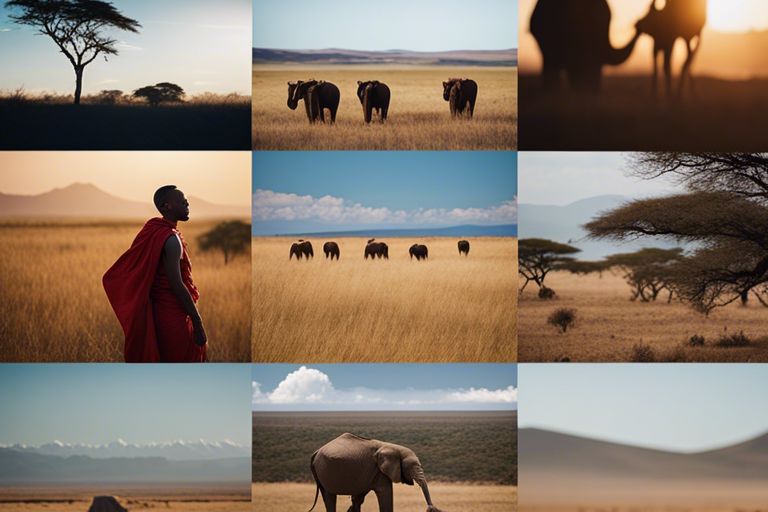
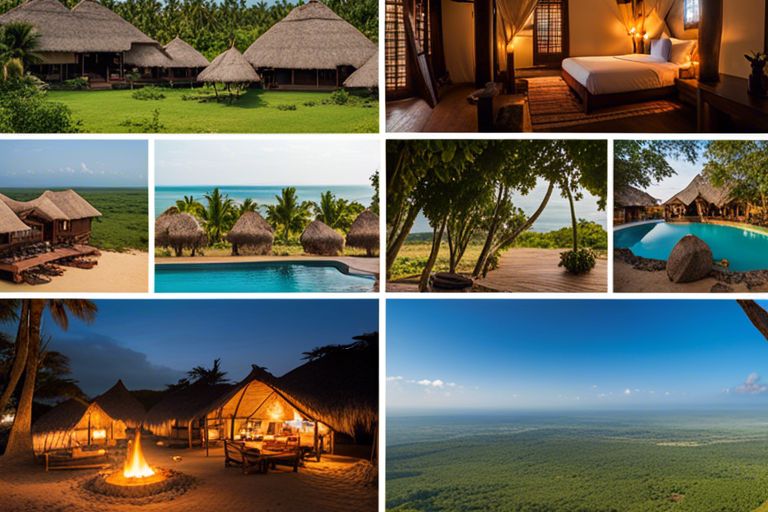

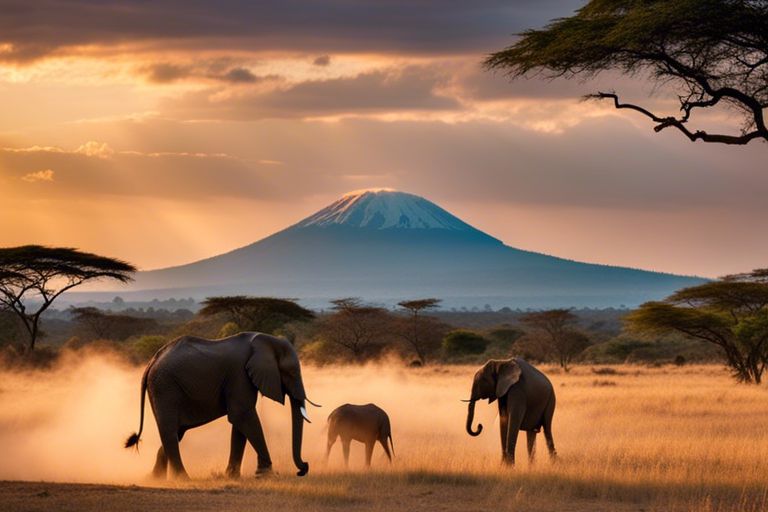
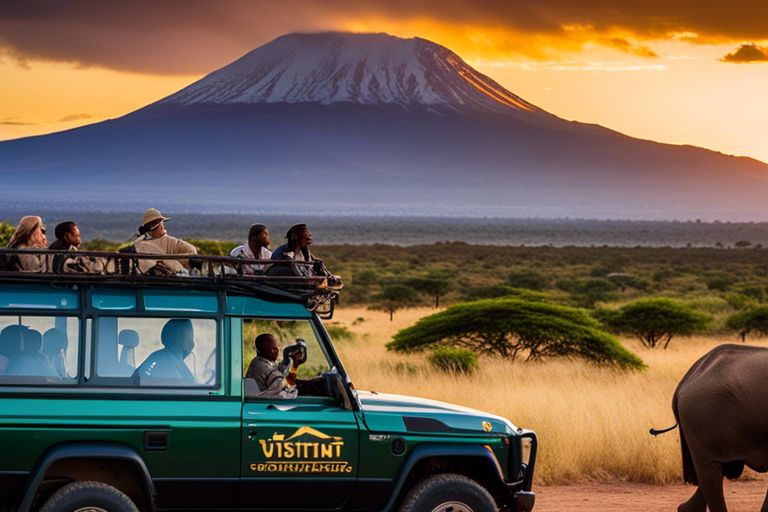

One Comment
Comments are closed.